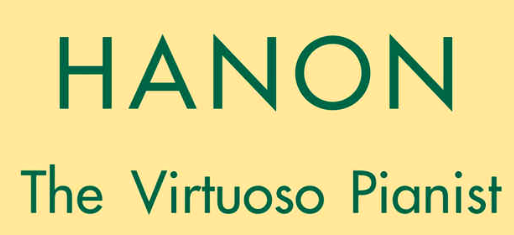Uncategorized
Are studies and etudes like Hanon necessary?

Some of the most challenging tasks we have as pianists may not be the pieces but the long exercises we use to ‘warm-up’ in the first place. This tradition can be challenged as to whether it really is worthwhile doing these long, strenuous studies.
If you are a pianist who has seen a copy of Hanon exercises for the first time, seeing seemingly endless streams of notes running in sequences of different keys. Are we using these to develop our overall skills and technique or doing it for the sake of completion?
For the long term, for beginners and intermediates: this gives immediate accessibility into finding something that has the student playing in different keys.
This is a good idea as they can grasp the use of their fingers. Plus they understand changing positions when necessary (so all notes can be reached and played with ease). Also understanding patterns like sequences and the relation between keys. For an advanced pianist, these could be used as a general exercise before doing more full-on repertoire. This is one side of the argument.
The other is- is it necessary to learn all of it? Does playing all of Hanon make us accomplished on the instrument? The short answer is probably not. There are many different styles of playing the piano – Baroque, Classical, Romantic, Jazz, to name a few. Exercises such as double trills and octaves we know immediately apply to the Romantic repertoire. Pieces such as those of Chopin and Liszt in particular with the technical gymnastics that comes with it. Even Suzuki for the violin is very biased towards Baroque music. But I’d like to think our musical tastes are more varied than this.
We can apply these technical tools to the repertoire we play. Do we need to spend so much time learning two pages of continuous trills? What does it really achieve? In all the time we spend learning this, we would never really consider playing this in concert. Taking the technique into account- we can apply it to Liszt’s La Campanella for example. This can be played in concert and has plenty of trills to keep us occupied!
What I would suggest for this for making a much more worthwhile use of practice time is to take simply a few bars- or lines- of an exercise then directly apply it to a piece of music. That way we would make better use of our time and energy.
A much more effective way is to get a certain element- such as octaves- and take a piece of music such as the ‘octaves’ etude by Chopin (or a section of any music that uses octaves). Then simply using this as the exercise. Not only are we doing a warm-up (or study) but we are learning new repertoire at the same time.
We can do this for anything: rotation, thirds, staccato playing etc. It makes the daunting task of learning ‘studies’ more interesting with a wider choice than we originally thought.
Don’t miss our article that talks about all the necessary 5 Scaramuzza movements to play the Hannon exercises:
#pianolessonslondon #pianoteacherslondon #pianolessonsforbeginners #adultpianolessons

